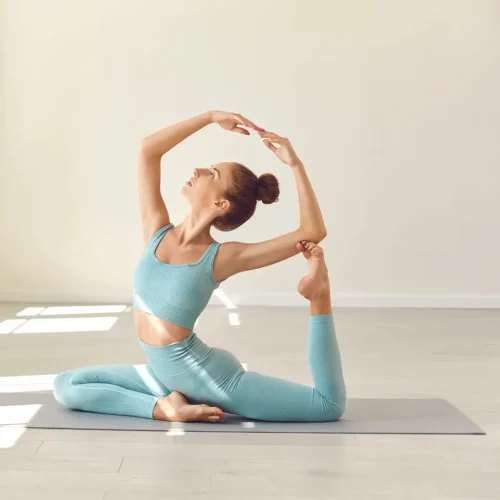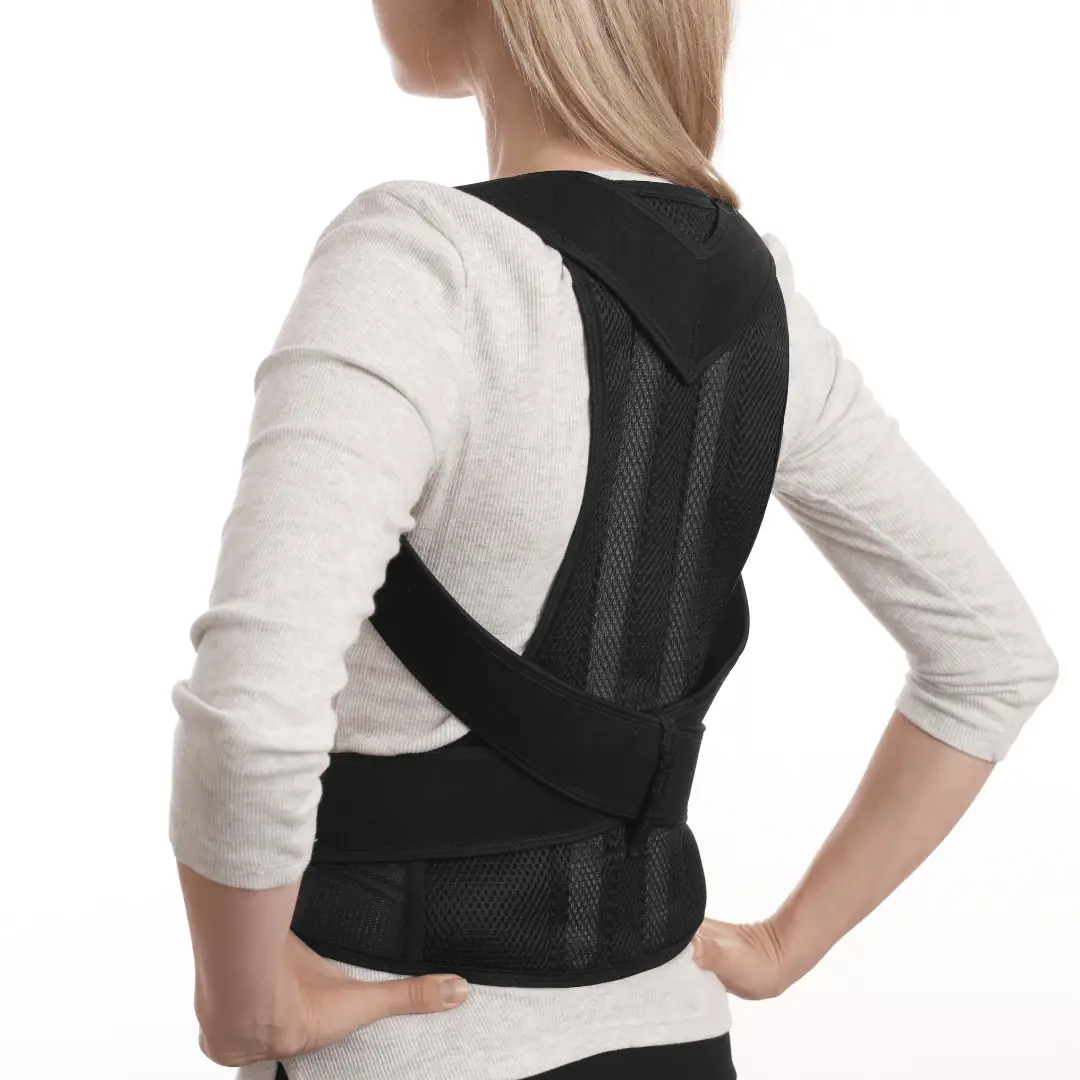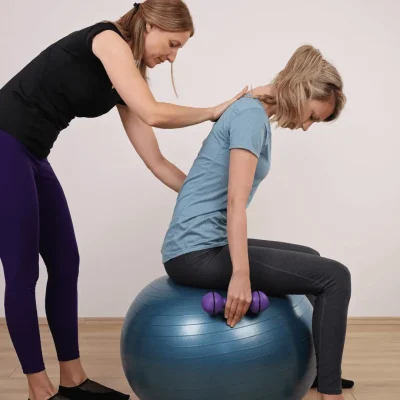
By visiting our site, you agree to our privacy policy regarding cookies, tracking statistics, etc.
When you purchase through links on our site, we may earn an affiliate commission. Here’s how it works.
Picture a person with a graceful posture, perfect as they project themselves while entering the room. In every step, their confidence pays for them to own the place. This person radiates power that everyone in the room desires. Relatively symmetrical curve, shoulders are pulled back, and their head is held high.
As you can see, good posture is beyond standing up straight. It conveys the foundation of health, depicting a healthy body and a confident mind. Posture is like appearance in ways it affect our behavior. Yet, challenges arise to achieve a good posture. Now that we are filled with desk jobs and flat screens, maintaining proper posture has become a lot more difficult.
Embodying a fine posture has the following benefits crucial for your health:

Knowing the importance of posture correction should come with the need to overview problems regarding our spine, and recognizing the signs of poor alignment is one way to begin with. Here are the several ways in which bad postures present along with the consequences they can put forward:

If these symptoms sound familiar, don’t worry; they can all be reversed with the appropriate professional help, exercises, and equipment.

Now that we have tackled the most common mistakes behind bad posture let’s equip ourselves with the necessary practical tools and techniques for posture correction.
Awareness— The first practical measure for assessing bad posture is how aware you are of your bodily positions and poses. Respectively, pay attention to how you align your body throughout the day. Do you slouch when working at your desk? Do you look down on your phone from time to time?
Acknowledging your current body state and identifying the need to adjust your posture can prevent discomfort from posture misalignments.
Ergonomic Support— One of the greatest you can ever invest in is ergonomic furniture. It will save you tons of headaches from chronic pain and check-ups for your body. This is one of the needs for living a comfortable and smart life, rather than being convenient but neck-cracking.
Try adjusting your work environment to make it more supportive to the body. First and foremost, consider getting an ergonomic chair with proper lumbar support, positioning your screens at eye level, and using a headset when talking on the phone to prevent neck stretching.
Posture exercises— Make sure to engage in exercises that aid posture correction and strengthen the muscles that support better poise. Include exercises focusing on the core, back, and shoulder muscles, such as planks, rows, and squeezes.

Stretching exercises—are essential for posture correction. It not only releases muscle tension from the body and bones, but it also keeps the posture proper. Include stretches for tight muscles attributed to bad posture, such as chest stretches for rounded shoulders and hip flexor stretches for swayback alleviation.

Exercises that flex and strengthen the core muscles, which comprise the abdominals, obliques, and lower back muscles. Core strength provides posture stability, and a strong core helps to maintain good posture throughout the day.

Stretching exercises lengthen muscles that have become abnormally short and stiffened, which limits flexibility. The chest, shoulders, hip flexors, and hamstrings should all be considered, as these areas are most affected by sitting for extended periods and hunching forward.
Combining these posture correction exercises gives you the knowledge and tools to maintain a Perfect Posture. Remember that fixing your posture is a process rather than a goal. You must stay disciplined in your attempts and be gentle with yourself; progress is not linear. After building consistency, you will watch and feel the benefits of improved strength and vitality.

Moving on from the provided basic information for posture correction and reversing unbalanced poise patterns, the next idea to take note of is keeping a balanced posture in everyday life.
Being able to implement constant effort to aid bad posture on a daily basis will trigger your body’s muscle memory, keeping your posture proper and perfect.
Therefore, the following section provides you with tips on how to maintain a balanced posture in your on-the-go lifestyle:


Use mindfulness-based techniques to develop a mind-body awareness skill that allows you to consciously check your posture during everyday activities. Breathwork exercises, body scanning, and meditation will help you pin your awareness to your posture.
Affirmations: Create repetitive positive affirmations and repeat them to yourself. Try overwriting negative thoughts and limiting beliefs about your posture. For instance, “I am standing up straight and tall” or “My spine is properly aligned” are good examples of repetitive phrases that will help reframe your thought process regarding your posture.

Visual Image Creation: Build a few mental images of what it looks like to engage in your daily activities with brilliant posture and proper alignment. With this technique, you will have ready-made mental patterns to follow the next time you sit at your computer, walk, or stand in line at the grocery store.
Utilizing these strategies and putting them in combination with your daily routine and thinking, you will create a robust framework for posture correction that leads to overall enhanced well-being and vitality. And until one day, you notice that you’ve been sitting up straight unconsciously all week long.
Various techniques for improving personal posture habits have been established. As such, it is crucial to discuss how one’s environment can either aid or hinder these practices.
Consider designing a work area with an eye on ergonomics. This can include investment in an ergonomically designed chair, ensuring that one’s workstation is adjusted to the correct height, and utilizing a keyboard and mouse that necessitates neutral wrist and arm positioning.
Supportive Seating: opt for seating arrangements that promote proper posture in the house, car, or other standard setting. Find the best chair for posture correction, seats with lumbar support, adjustable height, and a stable seat cushion to help one stay aligned.

Posture-Friendly Accessories: Include posture-friendly accessories near all living areas. These can be lumbar pillows, a posture correction brace, a posture correction bra, or stand-up desks. These devices can support one’s posture and offer reminders to stick to good habits throughout the day.
Here are some proven and tested products that truly made a difference for you to check out!


Documentation—Documenting your experiences can help you stay motivated and committed over time. Take pictures or journal entries to track your alignments, strength, and flexibility as you begin to change your posture.
Find Help—Finally, if you feel you aren’t making any progress, don’t hesitate to reach out to a professional. Your physical therapist, chiropractor, or posture expert can assess your posture, give you personalized guidance, and help you with standing exercises to correct whatever is going wrong.
With a healthy environment and an intention to keep track of your progress, you’ve already taken the first step to better posture. Remember to be patient; your hard work will pay off in the long run.

